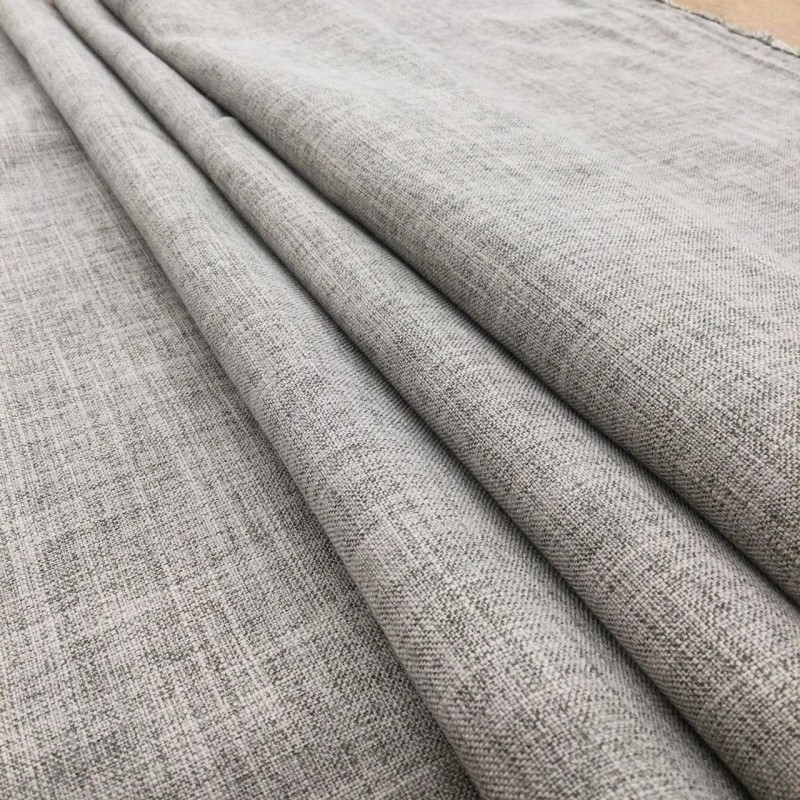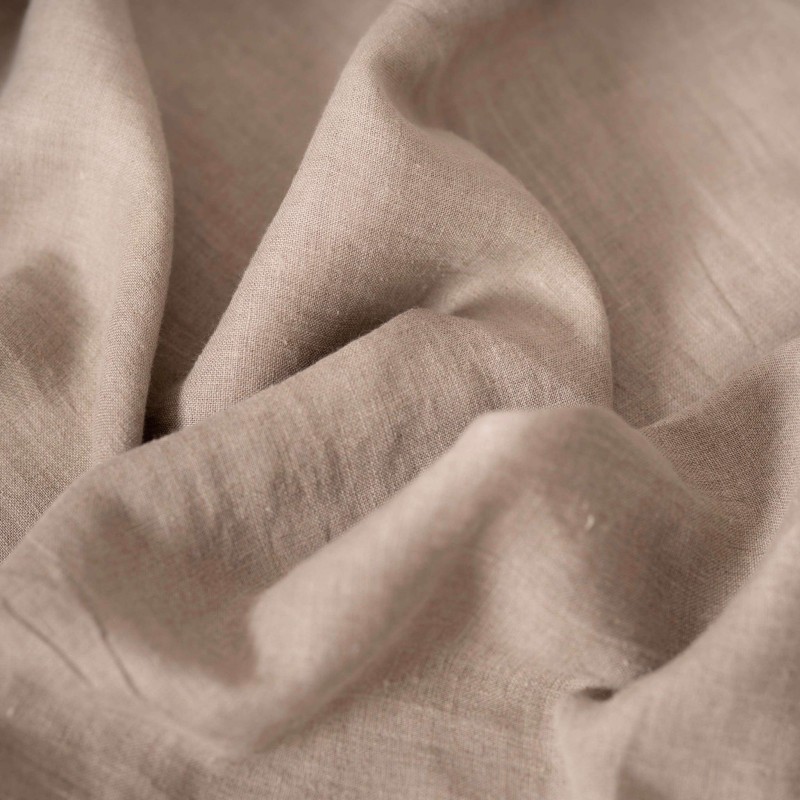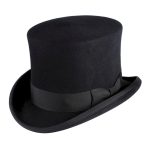Crafting is a vibrant and rewarding activity that allows individuals to express their creativity and make unique items. One of the most crucial aspects of crafting is selecting the right materials, particularly when it comes to craft fabrics. The variety of craft fabrics available can be overwhelming for both beginners and seasoned crafters. Each type of fabric comes with its properties, textures, and uses, which significantly influence the outcome of any project. Understanding these different craft fabrics is essential for ensuring your creations not only look great but also stand the test of time. In this comprehensive guide, we will explore the various types of craft fabrics, their uses in different projects, factors to consider when choosing fabrics, and tips for making the most out of your crafting experience. By the end of this article, you will be well-equipped to choose the right craft fabrics for all your creative endeavors.
Understanding Craft Fabrics
Craft fabrics encompass a wide range of textile materials that are specifically suited for various crafting projects. These fabrics vary in terms of texture, weight, durability, and appearance, thus affecting how they can be used. From quilting and sewing to home decor and fashion design, each project may require a unique type of fabric.
Characteristics of Craft Fabrics
Craft fabrics come in a multitude of characteristics that dictate how they should be used:
- Texture: Can range from soft and smooth to coarse and rough. The texture will affect the touch and appearance of the final product.
- Weight: Fabrics can be lightweight, medium weight, or heavy. The weight dictates how the fabric will drape and behave when sewn or crafted.
- Durability: Some fabrics are stronger than others, making them suitable for items meant to withstand wear and tear, while others may be more delicate and better suited for decorative purposes.
- Stretchability: Different fabrics have varying levels of stretch, affecting their usage in clothing or other projects.
Types of Craft Fabrics
With the vast selection of craft fabrics available, understanding the differences is essential for successful crafting. Here we will discuss some of the most common types of craft fabrics and their applications.
Cotton Fabric
Cotton is one of the most versatile and widely used craft fabrics. With its natural fibers, it is breathable, soft, and easy to work with.
- Uses: Cotton fabric is ideal for quilting, clothing, home decor projects, and more. It can easily be dyed and printed, making it a favorite among crafters.
- Types: Different varieties of cotton fabrics include quilting cotton, muslin, and canvas. Quilting cotton is particularly popular due to its wide range of colors and patterns.
Polyester Fabric
Polyester is another commonly used craft fabric that is durable and resistant to shrinking and stretching. This synthetic fiber comes in a variety of textures.
- Uses: Polyester is often chosen for clothing, upholstery, and outdoor items due to its durability and weather resistance.
- Blends: Polyester is frequently blended with other fibers, such as cotton, to enhance the fabric’s qualities. For example, cotton-poly blends often offer the softness of cotton with the durability of polyester.
Felt
Felt is a non-woven fabric made from compressed fibers. This durable and thick material has a unique texture that makes it ideal for crafting.
- Uses: Commonly used for projects such as appliqué work, toys, and decorative pieces. Felt does not fray, making it perfect for projects that require minimal finishing.
- Types: Wool felt is made from natural fibers and offers superior quality, while synthetic felt is available at a lower price and in a wider range of colors.
Denim
Denim is a sturdy cotton twill fabric that has stood the test of time. Known for its durability and classic look, denim is favored in both casual clothing and various craft projects.
- Uses: Denim is perfect for making jeans, bags, and home accessories such as cushions and aprons.
- Styles: Different weights of denim include lightweight for summer wear and heavier denim for winter clothes or robust crafting.
Linen
Linen is a natural fabric made from the flax plant, known for its elegant appearance and breathable qualities.
- Uses: Linen is commonly used for summer clothing, tablecloths, and soft furnishings such as curtains due to its lightweight and airy feel.
- Characteristics: Natural fibers make linen stronger than cotton, but it wrinkles easily, adding to its relaxed aesthetic.
Knit Fabric
Knit fabric is created by interlocking loops of yarn, allowing it to stretch and contour to body shapes.
- Uses: Ideal for clothing, especially form-fitting garments like t-shirts and leggings. Knit fabric is often chosen for children’s clothing due to its comfort.
- Types: Varieties include jersey knit, rib knit, and interlock knit, each with unique textures and stretch levels.
Specialty Fabrics
In addition to the more common varieties, there are many specialty craft fabrics that lend themselves to specific projects.
- Satin: Used for elegant garments and home decor but can be slippery to handle.
- Organza: A sheer, lightweight fabric ideal for overlays and embellishments.
- Vinyl: Great for making waterproof items such as bags or upholstery.
- Canvas: Heavy and durable, perfect for crafting items that require strength, like tote bags or outdoor decorations.
How to Choose the Right Craft Fabric
Knowing how to select the right craft fabric for your project is crucial. Here are some vital factors to consider when making your choice.
Project Purpose
Understanding the purpose of your project is the first step in choosing the right fabric. Determine whether your crafting aims to create clothing, home decor, accessories, or toys.
Fabric Characteristics
Evaluate the attributes of each fabric. Pay attention to texture, weight, and stretchability, which can significantly impact the final product’s functionality and appearance.
Ease of Use
Consider how comfortable you are working with different types of fabrics. Some materials may require specialized tools or techniques, such as using a serger for knits or following specific sewing practices with slippery fabrics like satin.
Maintenance Requirements
Always consider how easy it will be to care for the finished item. Fabrics that require dry cleaning or special washing methods might not be ideal for everyday items.
Cost
Some fabrics can be considerably more expensive than others. Determine your budget before making a selection, especially if purchasing in bulk.
Available Colors and Patterns
If aesthetics are essential to your project, ensure you explore the variety of colors and patterns available in each type of fabric. This can enhance the creative aspect of your crafting.
Preparing Your Fabric for Crafting
Once you’ve selected your craft fabrics, it’s time to prepare them for your project. Proper preparation ensures better results and greater satisfaction in the final product.
Washing
It’s generally advisable to wash your fabric before using it, especially for fabrics that may shrink or bleed dye. Follow standard washing guidelines based on the fabric type.
- Pre-Wash: Always pre-wash your fabric to avoid surprises later. Use gentle detergent on cold settings unless specified otherwise for delicate fabrics.
- Drying: Depending on the fabric, either air-dry or tumble-dry on low heat, but pay close attention to the fabric care instructions.
Ironing
Ironing your fabric before starting is crucial, particularly if it has wrinkles or creases from storage. Set the iron to the appropriate temperature based on the fabric type.
- Steam Iron: Using a steam iron can help lift tougher wrinkles, especially in natural fibers like cotton or linen.
- Pressing Technique: Employ pressing techniques suited for your fabric. For example, avoid dragging the iron over delicate fabrics to prevent stretching or distorting shapes.
Cutting
When cutting your fabric, always use sharp scissors or a rotary cutter for precise cuts, especially for intricate patterns. Make sure to measure accurately and mark fabric with tailor’s chalk or a fabric pen to guide your cuts more effectively.
Storing
Properly store any remaining fabric to ensure it retains its quality for future projects. Keep items folded neatly or rolled to prevent creases and store them in a cool, dry location.
Crafting Techniques and Tips
With your fabric properly prepared, you can now dive into various crafting techniques. Here are several essential tips for working with different craft fabrics:
Sewing Techniques
- Sewing Machine Setup: Set up your sewing machine with the appropriate needle and thread for the fabric type. Consider a ballpoint needle for knits and a sharp needle for woven fabrics.
- Seam Types: Use the appropriate seam types based on your fabric. For instance, a straight stitch works well for most fabrics, while a zigzag stitch may prevent unraveling on stretchy textiles.
- Finishing Edges: Use techniques like serging or zigzagging to finish raw edges, preventing fraying and improving durability.
Application Techniques
Depending on the project, you may need specific techniques such as:
- Quilting: If creating quilts, ensure accurate cutting of patches, using good quality batting, and learning quilting techniques that will suit your project style.
- Appliqué: When working with appliqué, consider using fusible webbing for ease and stability during insertion.
Artistic Techniques
Incorporate artistic techniques to elevate your projects!
- Fabric Painting: Use fabric paints or markers to add designs or personalization to your crafts.
- Sashiko: Explore traditional Japanese stitching techniques to add decorative patterns to your items.
Troubleshooting Common Issues
Working with fabric can come with its challenges. Here are some common issues and how to troubleshoot them:
- Fabric Fraying: If edges of the fabric begin to fray, consider finishing seams or applying fray-check liquid to the edges.
- Uneven Stitching: Make sure your fabric is fed correctly through the machine to avoid uneven or skipped stitching. Test on scraps before beginning your project.
Best Places to Buy Craft Fabrics
Now that you’re equipped with the knowledge to choose and prepare your craft fabrics, let’s discuss where to locate these materials. Understanding the best shopping options allows you to access high-quality fabrics for your crafting needs.
Local Fabric Stores
Visiting local fabric stores is often ideal for hands-on shopping. Many stores offer large selections of various types of craft fabrics, allowing you to feel samples before purchasing.
- Advantages: Instant gratification, the ability to ask for expert advice, and immediate accessibility to products.
- Disadvantages: Limited hours and stock compared to online options.
Online Fabric Retailers
The online marketplace is filled with numerous shops specializing in craft fabrics, with many options available.
- Advantages: A wider variety of colors, patterns, and types. You can easily compare prices and read customer reviews.
- Disadvantages: Shipping fees or delays, and the inability to feel or see the fabric in person before purchase.
Specialty Craft Shops
Some stores focus specifically on crafting supplies rather than general fabric stores. These can often carry unique items not found elsewhere.
- Advantages: Access to niche items and crafting tools that support more advanced projects.
- Disadvantages: Pricing may be higher than general stores, so budget accordingly.
Local Markets and Fairs
Checking out local markets, craft fairs, and fabric swaps can lead to discovering hidden gems, handmade fabrics, and unique materials.
- Advantages: Supporting local crafters and finding unique items at varied prices.
- Disadvantages: Size of selection can vary, meaning it may take perseverance to find exactly what you’re looking for.

Conclusion
Craft fabrics are integral to the success of any crafting endeavor, serving as the canvas for creativity and expression. By understanding the different types of fabrics, knowing how to choose the right one for your projects, and mastering effective packing techniques, you set yourself up for crafting success.
From everyday sewing projects to intricate quilting, the possibilities with craft fabrics are endless. Armed with the knowledge from this guide, you can embark on your crafting journey confidently, knowing how to select, prepare, and utilize various fabric types. Embrace the joy of working with craft fabrics, and let your creativity flourish as you craft beautiful, personalized items for yourself and others.

